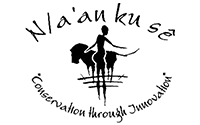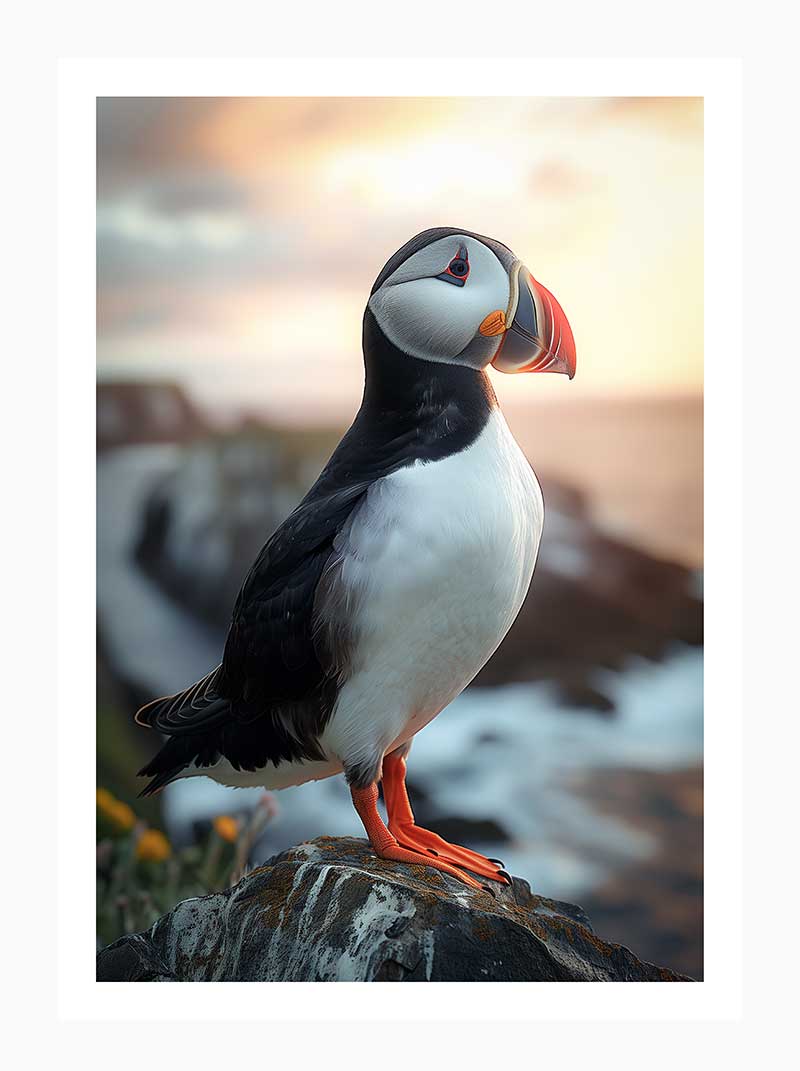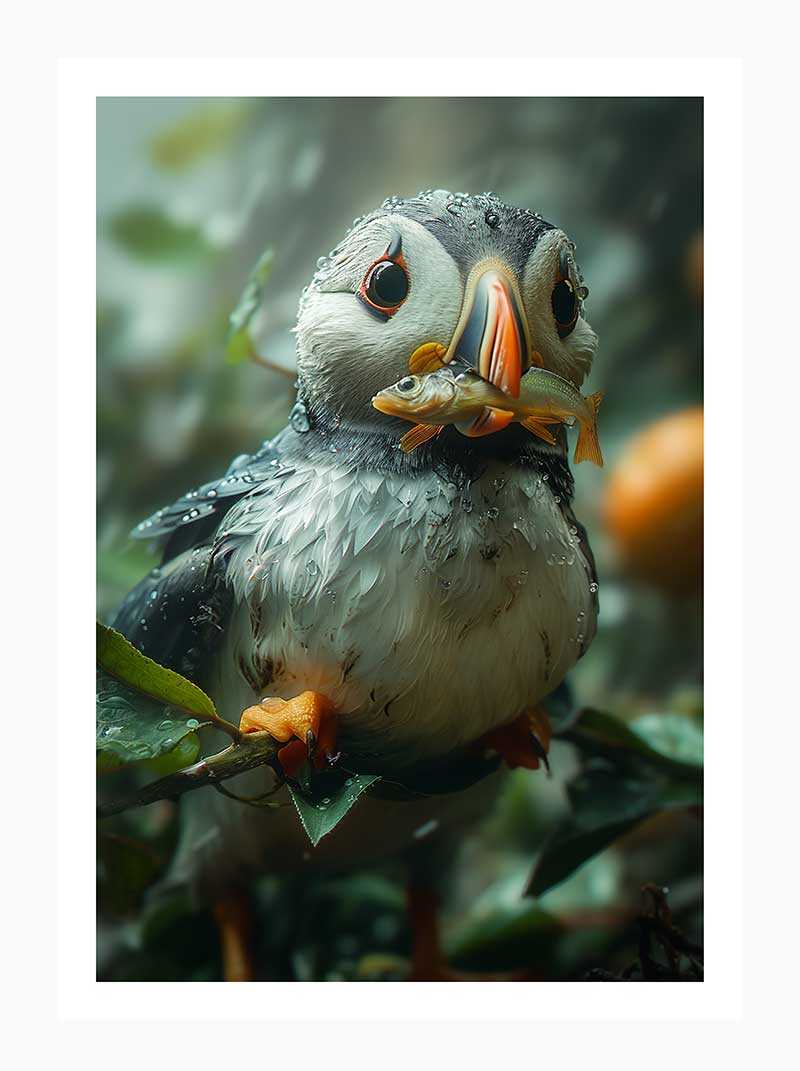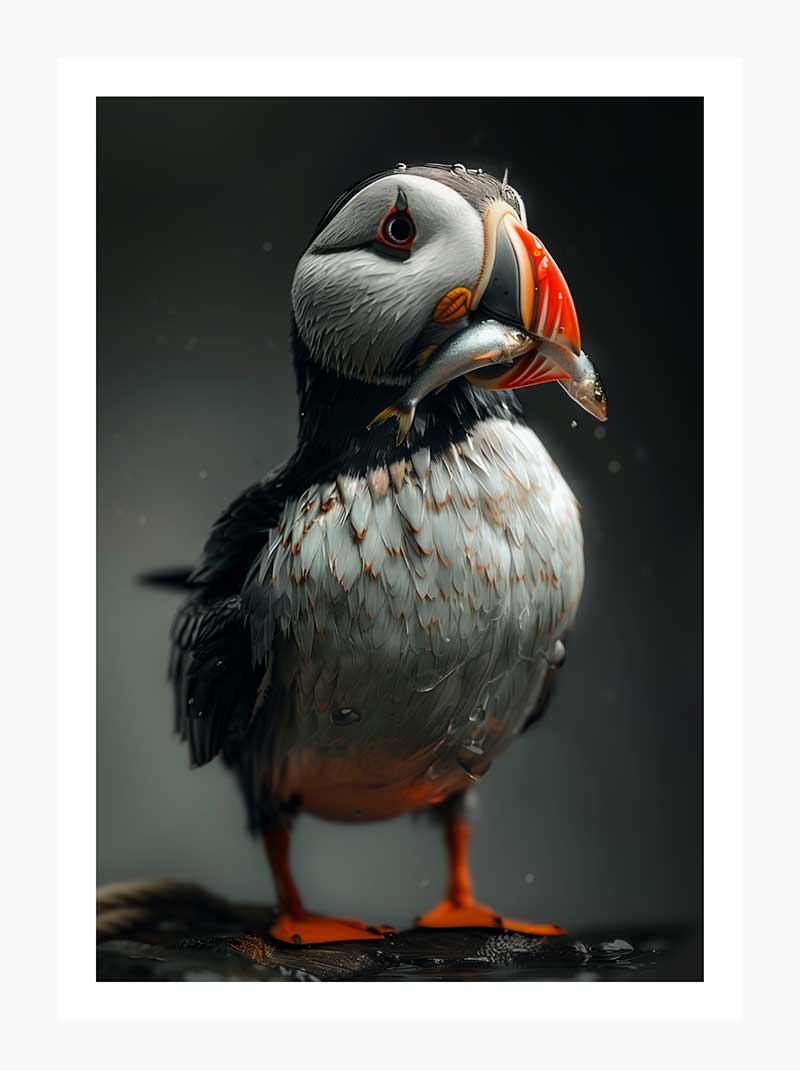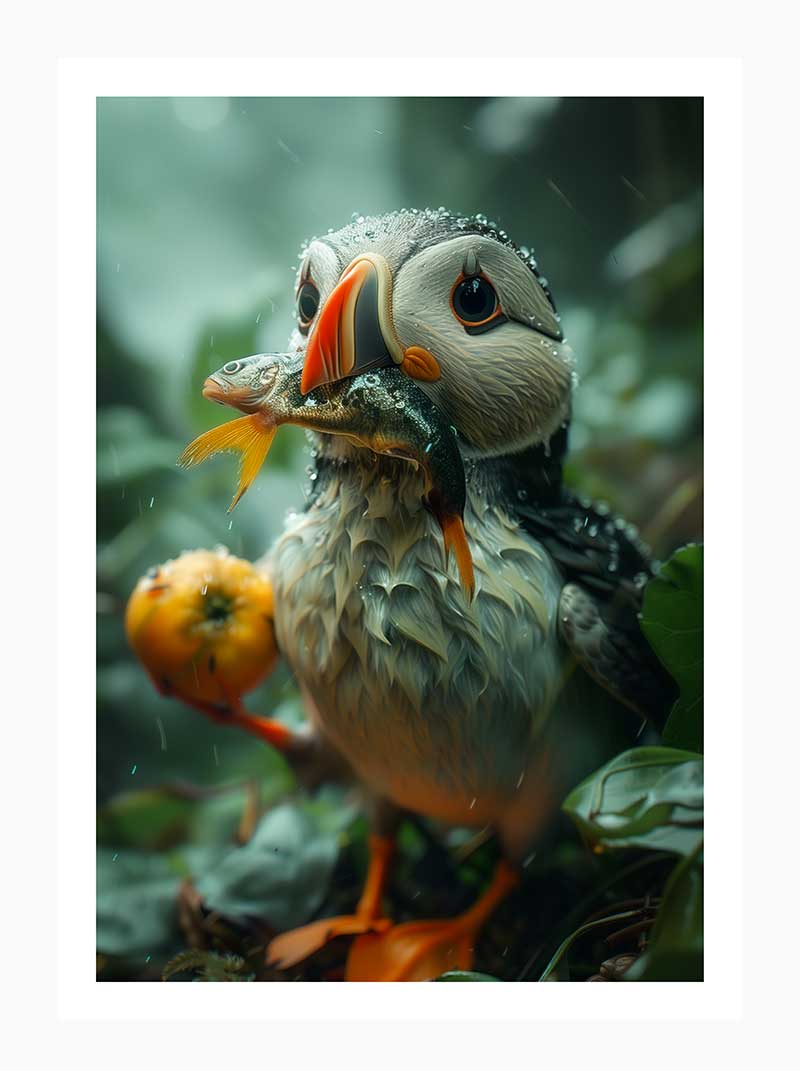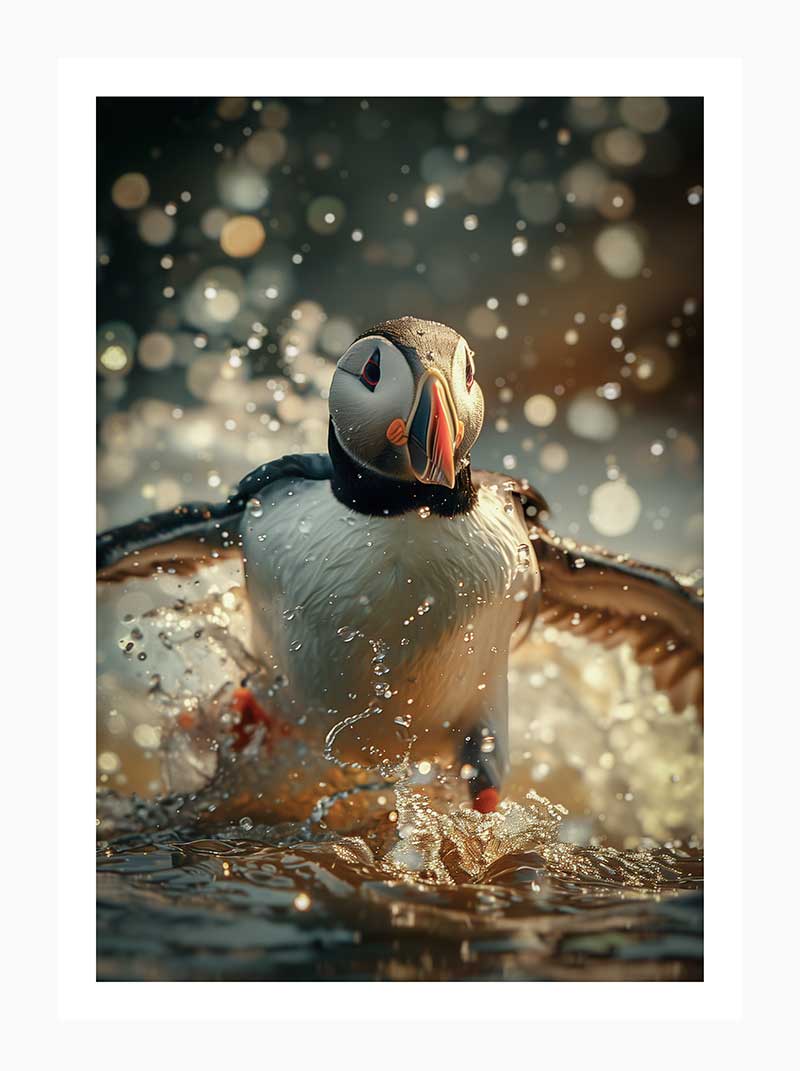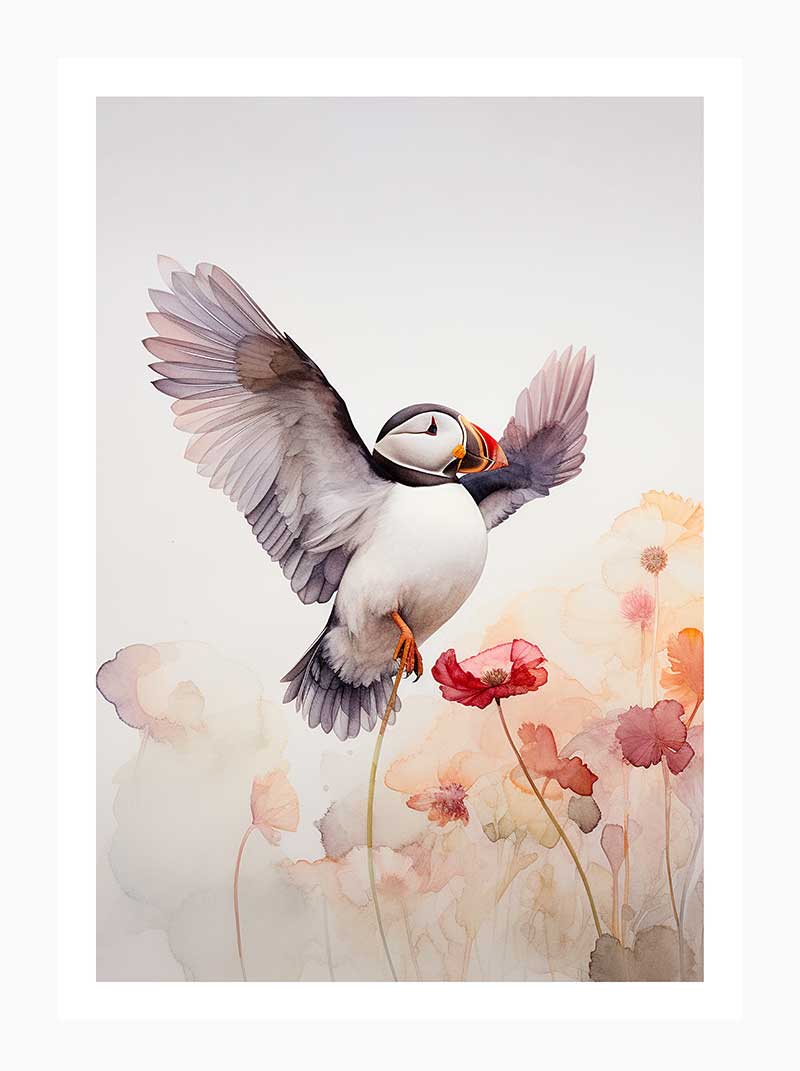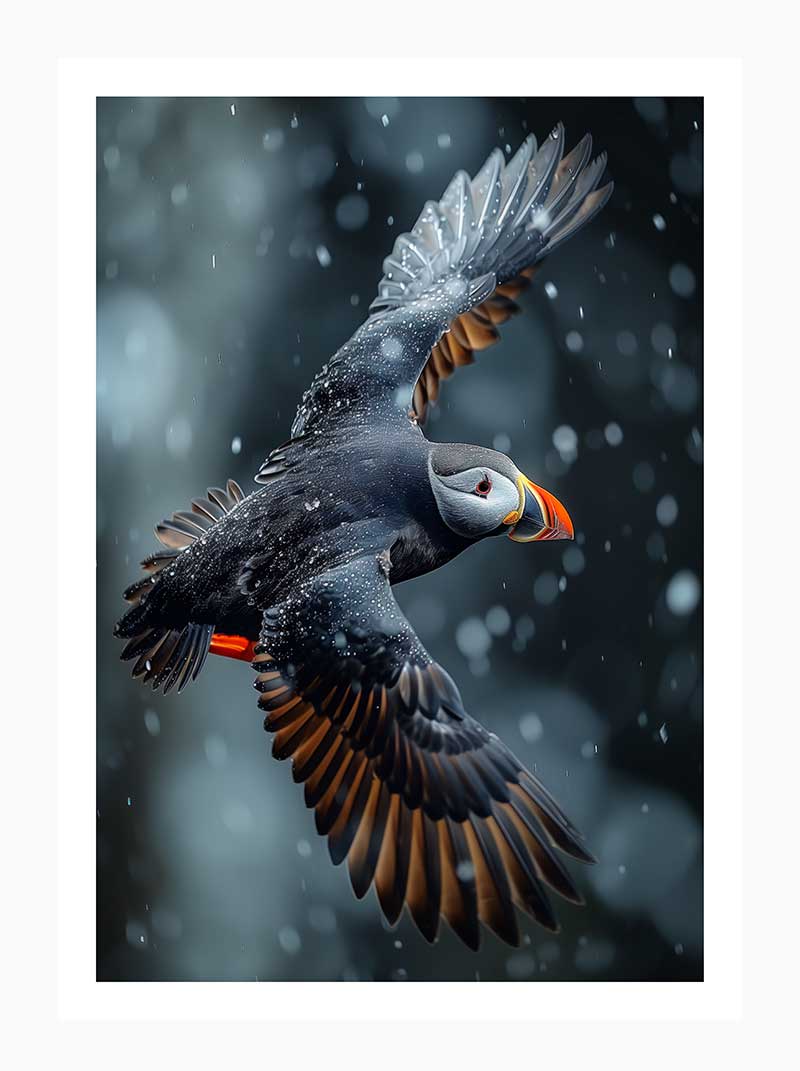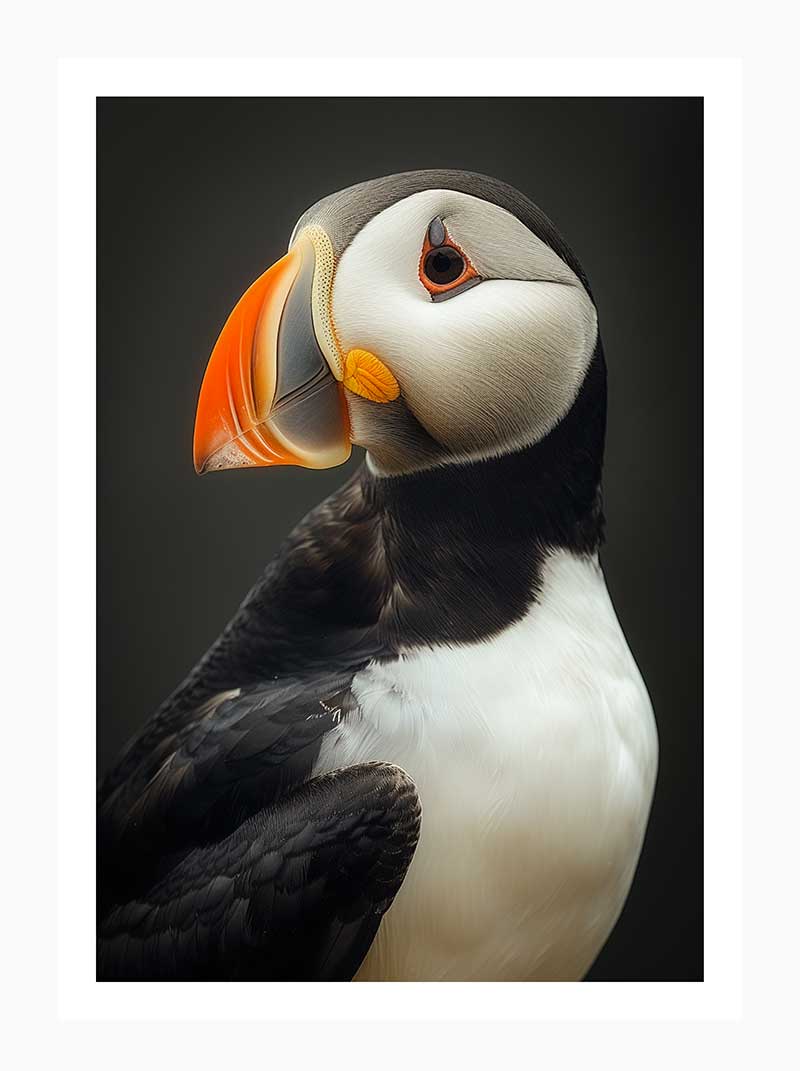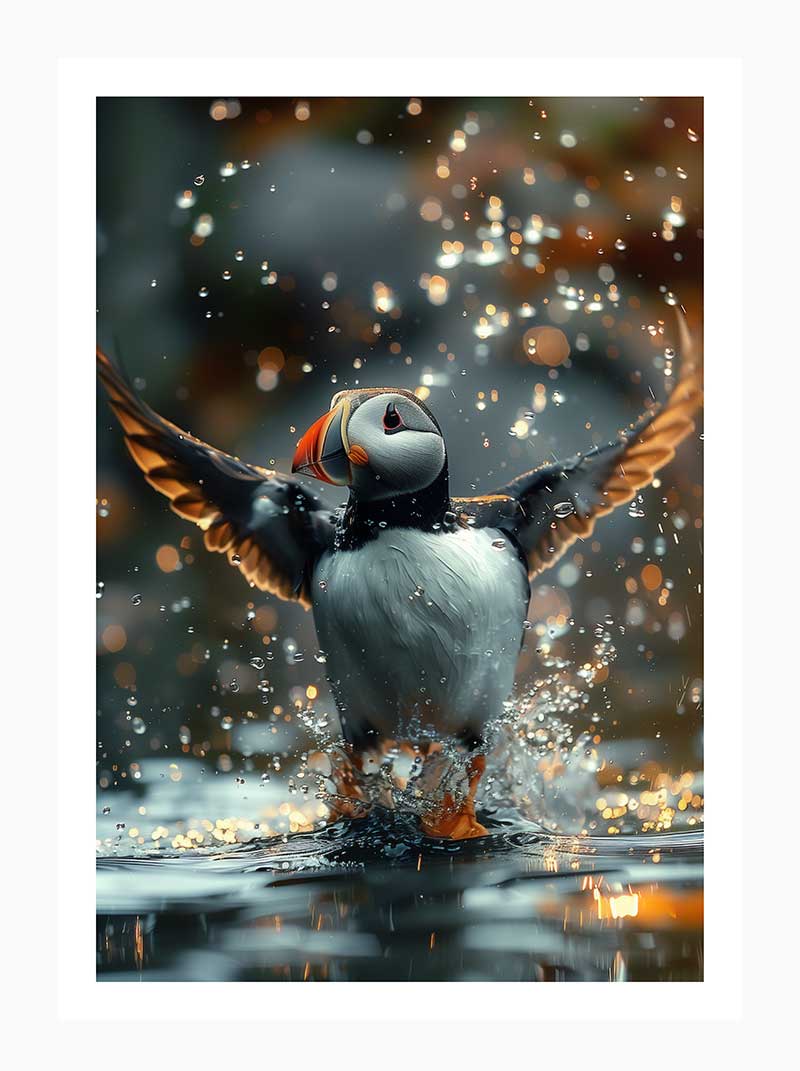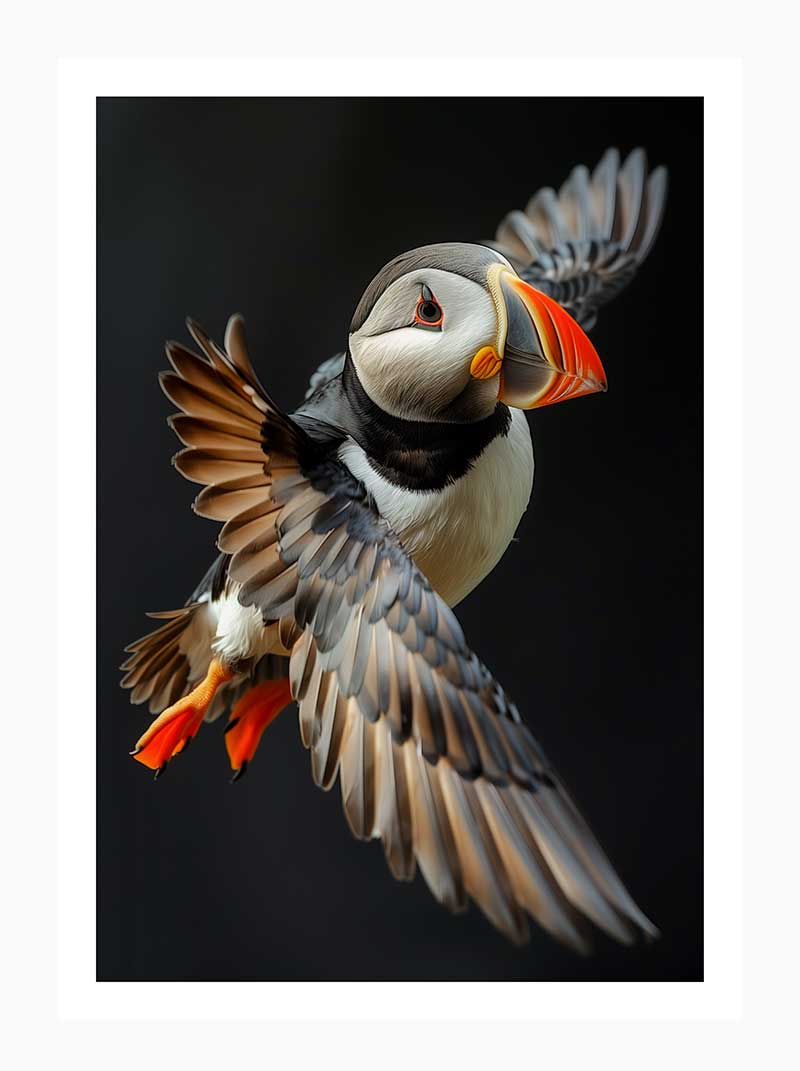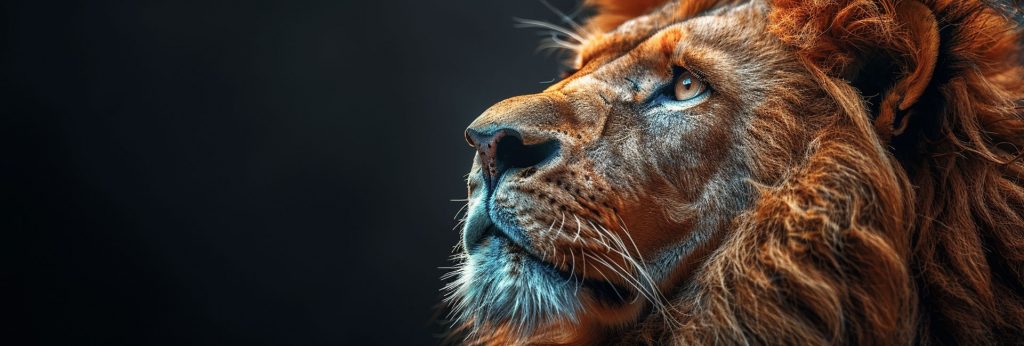
The African lion
Often referred to as the “King of the Jungle,” is one of the most iconic animals on Earth. Its majestic appearance, social structure, and vital role in the ecosystem have inspired generations. However, this magnificent species is under threat, and understanding its importance in the wild is essential for its protection and survival.
Physical Characteristics and Adaptations
African lions are known for their muscular build, large paws, and powerful jaws—attributes that make them formidable hunters. Males typically weigh between 330 and 550 pounds, with a distinctive mane that becomes darker with age, adding to their regal appearance. This mane is not only for show; it plays a crucial role in intimidating rivals and attracting potential mates. The females, or lionesses, lack manes but are equally powerful, with leaner bodies optimized for hunting.
One of the lion’s most fascinating features is its roar, which can be heard from as far as five miles away. This vocalization is not just a symbol of power but also a tool for communication, helping lions to establish territory, call for their pride, or warn potential rivals.
Social Structure: Life in the Pride
Lions are the only truly social big cats, living in groups known as prides. A pride can range from 3 to 30 members and is typically comprised of a few males, multiple females, and their cubs. This social structure gives lions a distinct advantage in survival, as it allows them to work together to defend their territory and raise their young. Females in the pride often work cooperatively to hunt, while the males provide protection from intruders.
Cubs are raised communally, with lionesses often caring for each other’s young, strengthening the pride’s bonds. This cooperative rearing is essential, as it increases cubs’ chances of survival in the wild.
Role in the Ecosystem
As apex predators, lions play a crucial role in maintaining the health and balance of their ecosystem. By preying on herbivores like zebras, antelopes, and buffalo, lions help prevent overgrazing, which preserves vegetation and promotes biodiversity. Without this regulation, ecosystems could suffer imbalances, leading to declines in various species and altering the landscape itself.
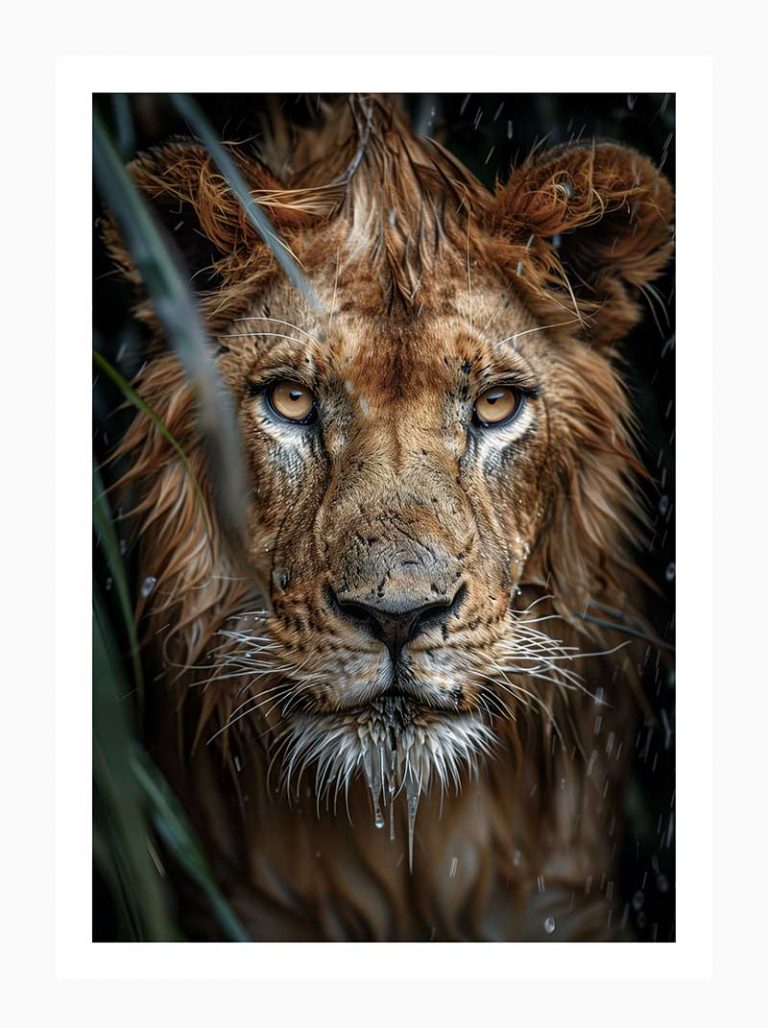
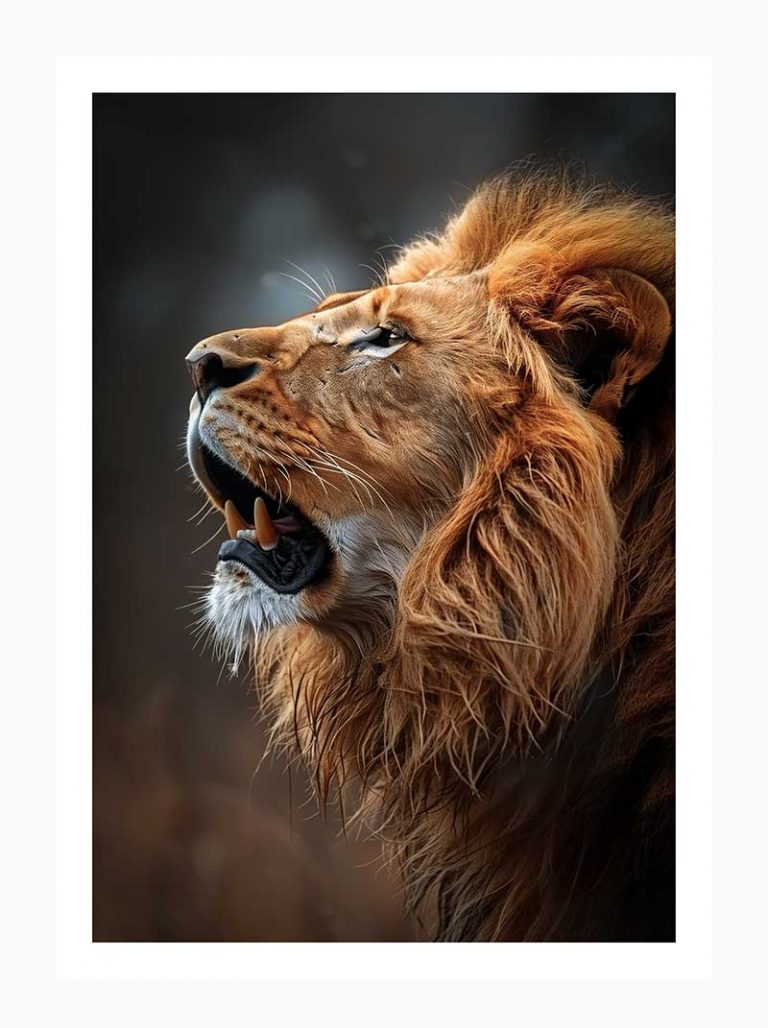
The Threats Facing African Lions
Despite their crucial role in the ecosystem, African lions face numerous threats, many of which are driven by human activity. Over the past century, lion populations have plummeted by nearly 90%, primarily due to habitat loss, human-lion conflict, and illegal hunting.
1. Habitat Loss
As Africa’s human population grows, lion habitats shrink due to agriculture, urban expansion, and road construction. This habitat fragmentation isolates prides, making it harder for lions to find food, mates, and safe territories.
2. Human-Wildlife Conflict
In regions where humans and lions coexist, there is often conflict, especially where livestock is concerned. Farmers may resort to retaliatory killings when lions prey on their cattle, goats, or sheep, further threatening lion populations.
3. Poaching and Trophy Hunting
While poaching directly impacts lions, trophy hunting also poses a controversial threat. Trophy hunting has been restricted in some areas, yet it continues in others. Conservationists argue over its ethical and ecological impacts, though it is clear that illegal hunting remains a dire threat.
Conservation Efforts and Hope for the Future:
Organizations around the world are working to protect African lions and their habitats. These efforts include:
Protecting and Expanding Lion Habitats: Conservation groups work to secure larger, connected habitats to support healthy lion populations and reduce human-lion conflict.
Anti-Poaching Measures: Many conservationists employ anti-poaching patrols and technologies, such as drones and GPS collars, to monitor lion populations and deter illegal hunting.
Community Education and Engagement: Some programs encourage local communities to become protectors of lions rather than adversaries. By involving locals in conservation and providing economic alternatives, communities can benefit from protecting lions through eco-tourism and employment.
How You Can Help
Protecting African lions requires a collective effort. Supporting responsible eco-tourism, donating to reputable conservation organizations, and raising awareness of the lion’s plight can all contribute to their survival. Every small action makes a difference, and with continued efforts, we can ensure the African lion remains a powerful and enduring symbol of the wild.




